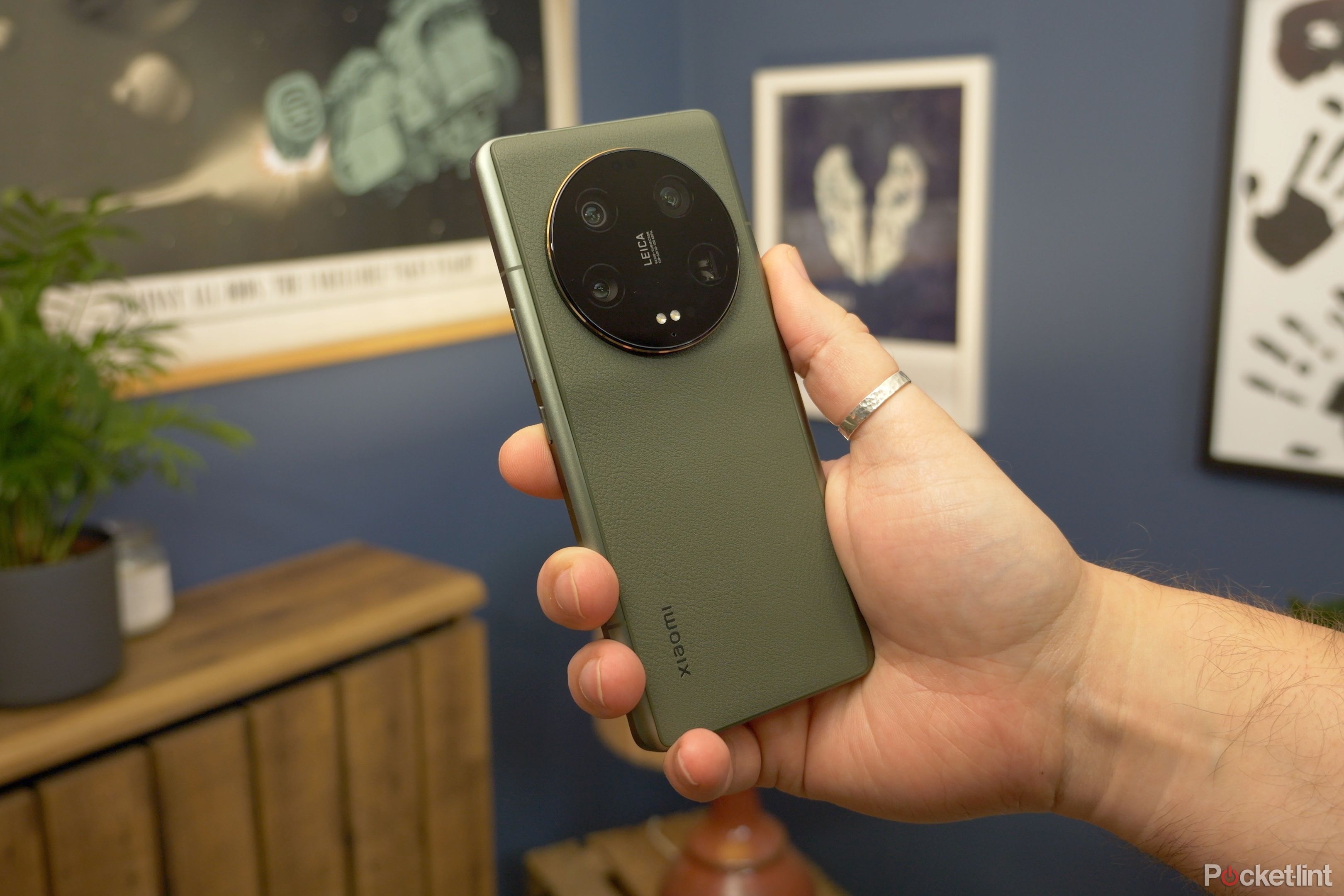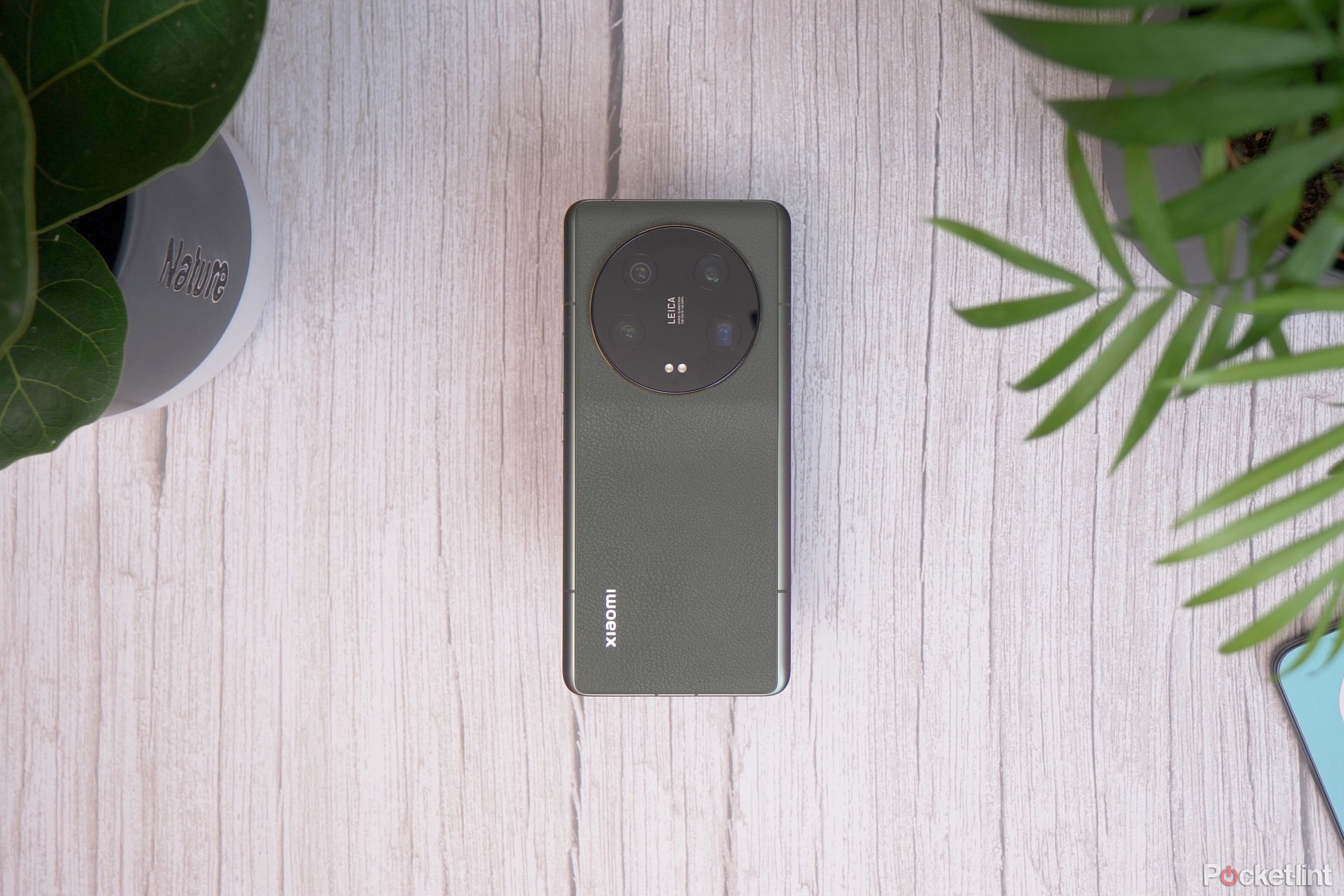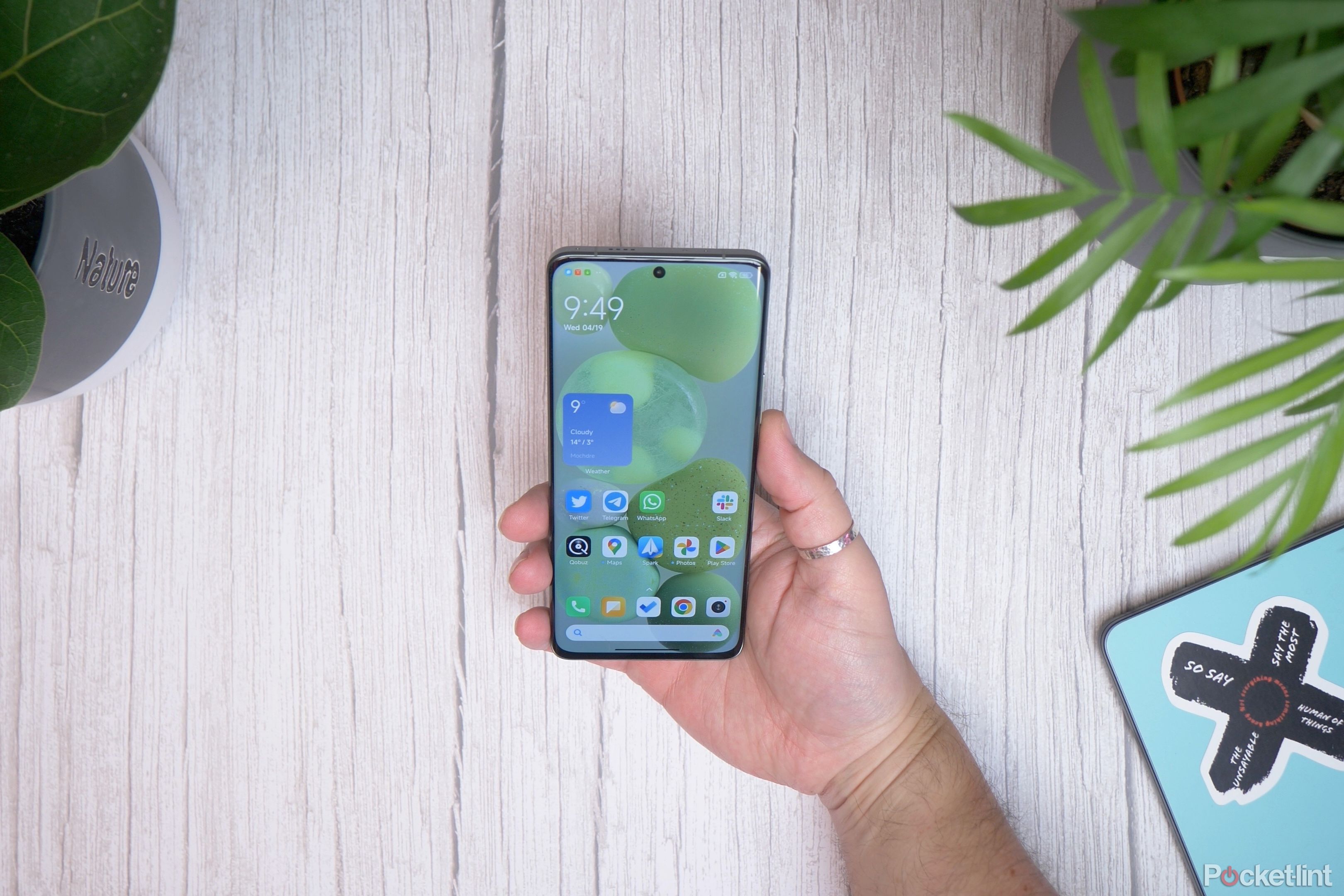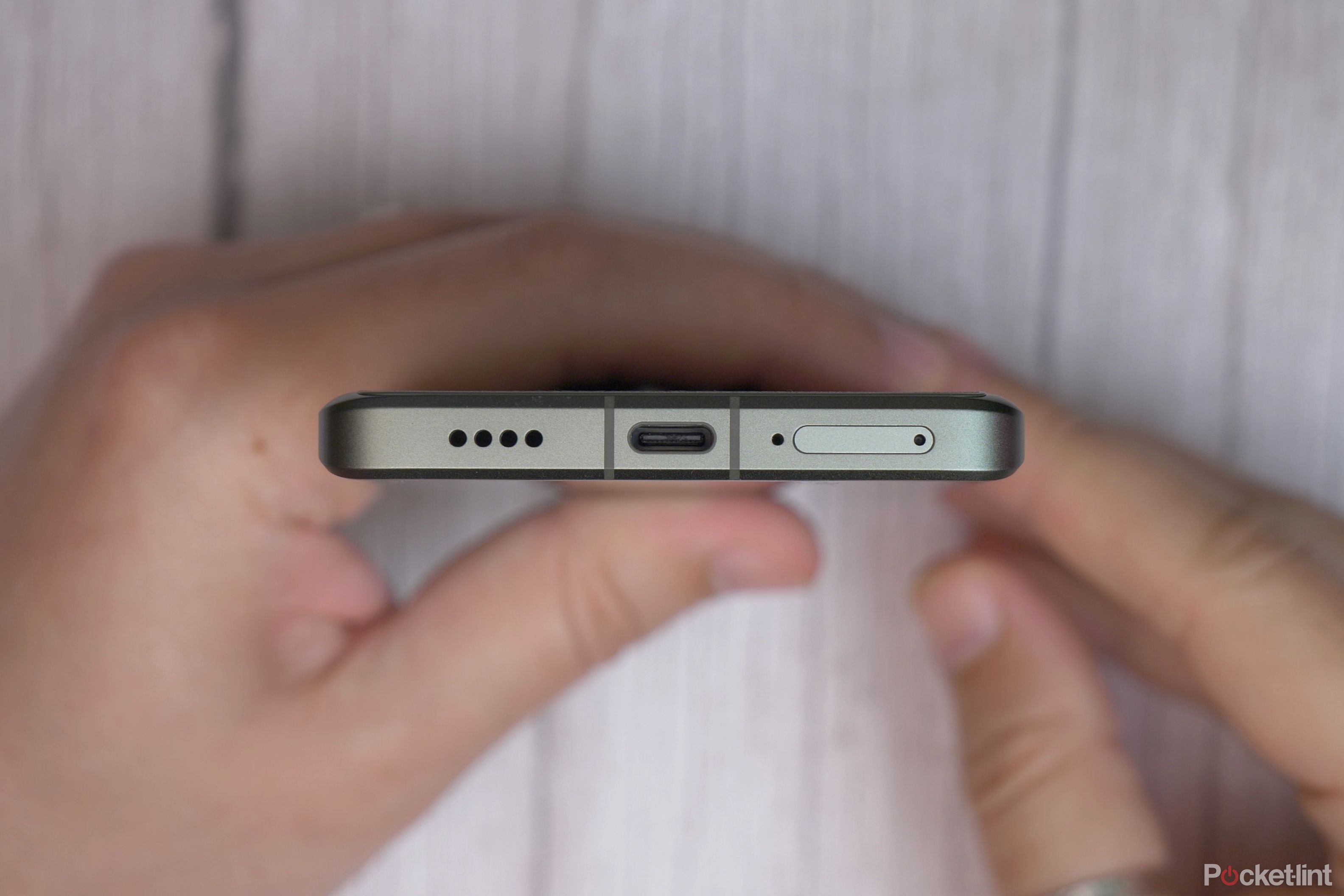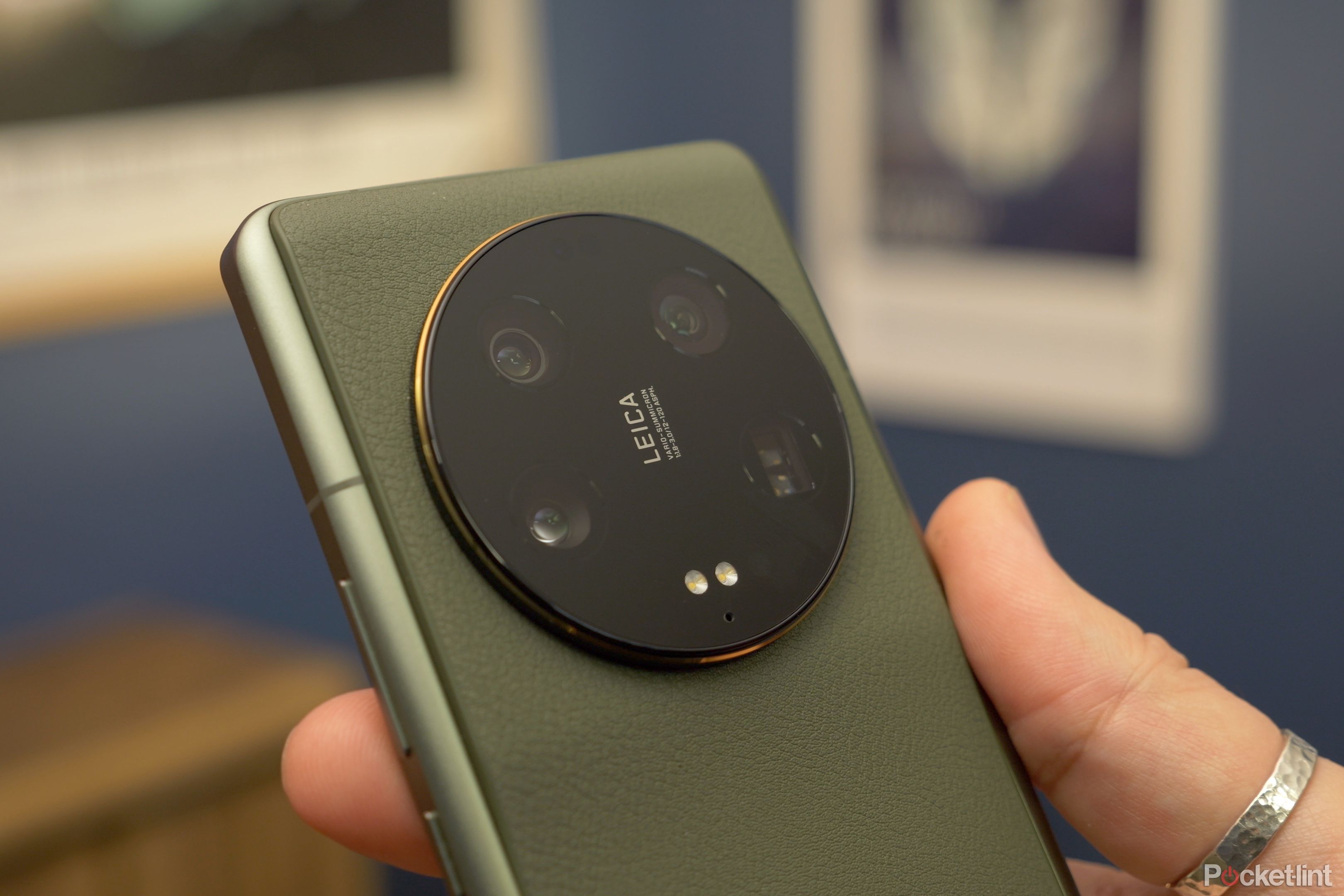Xiaomi's 13-series is expanding - and now has an ultra-premium tier with some pretty incredible hardware built in, designed to offer the absolute best of everything. It adds an extra tier above the Xiaomi 13 and 13 Pro, for those who crave the best specs imaginable.
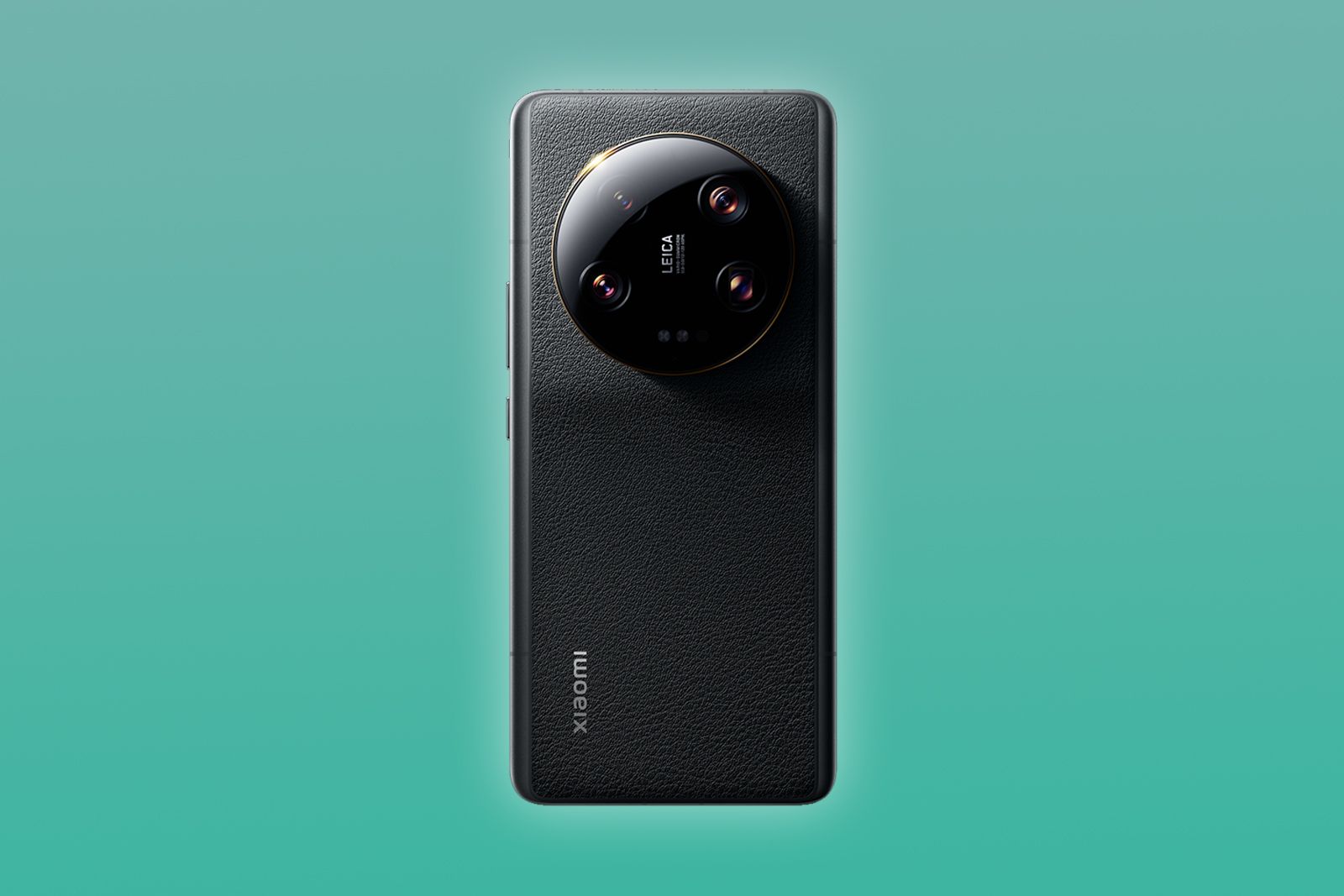
Xiaomi 13 Ultra
The ultimate top-tier smartphone from Xiaomi offers some of the best hardware currently available on any smartphone. From its quadruple camera system to its display and design, it's got it all in buckets.
Design
- 163.2 x 74.6 x 9.1mm - 227 grams
- Corning Gorilla Glass Victus front - Antibacterial silicone leather back - IP68 water/dust resistant
- Black, white or olive green colours
On first looking at the phone's design, there's one thing that stands out more than anything: the cameras. Xiaomi has stuck a massive circle island on the back of the phone that dominates the top third of that back panel and - according to the manufacturer - is designed to look like a classic Leica camera.
It sticks out a good couple of millimetres from the back and features some intricate detailing around the edge. There's a gold ring around the top part of the edges, as well as a subtle groove, which gives it that camera lens aesthetic.
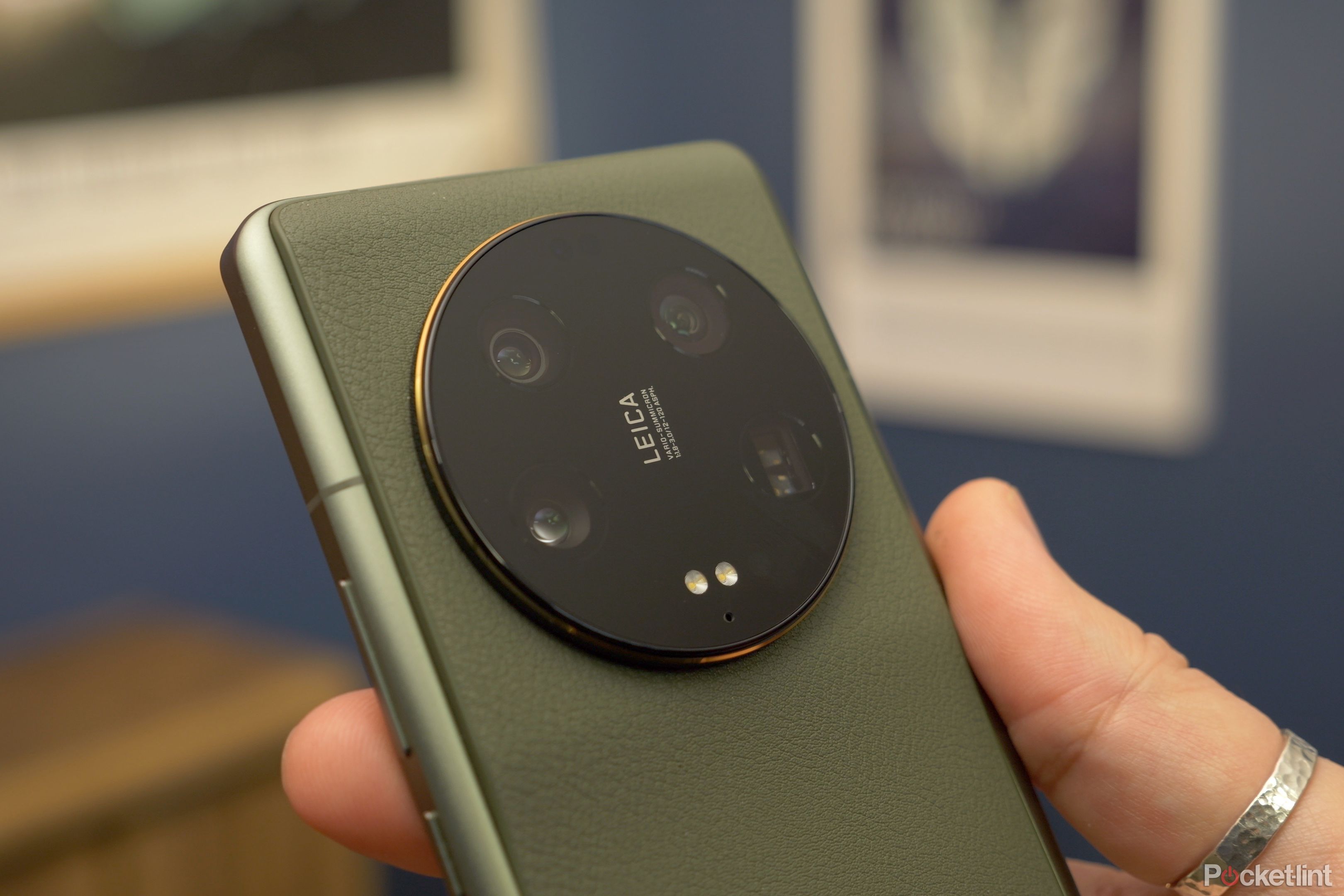
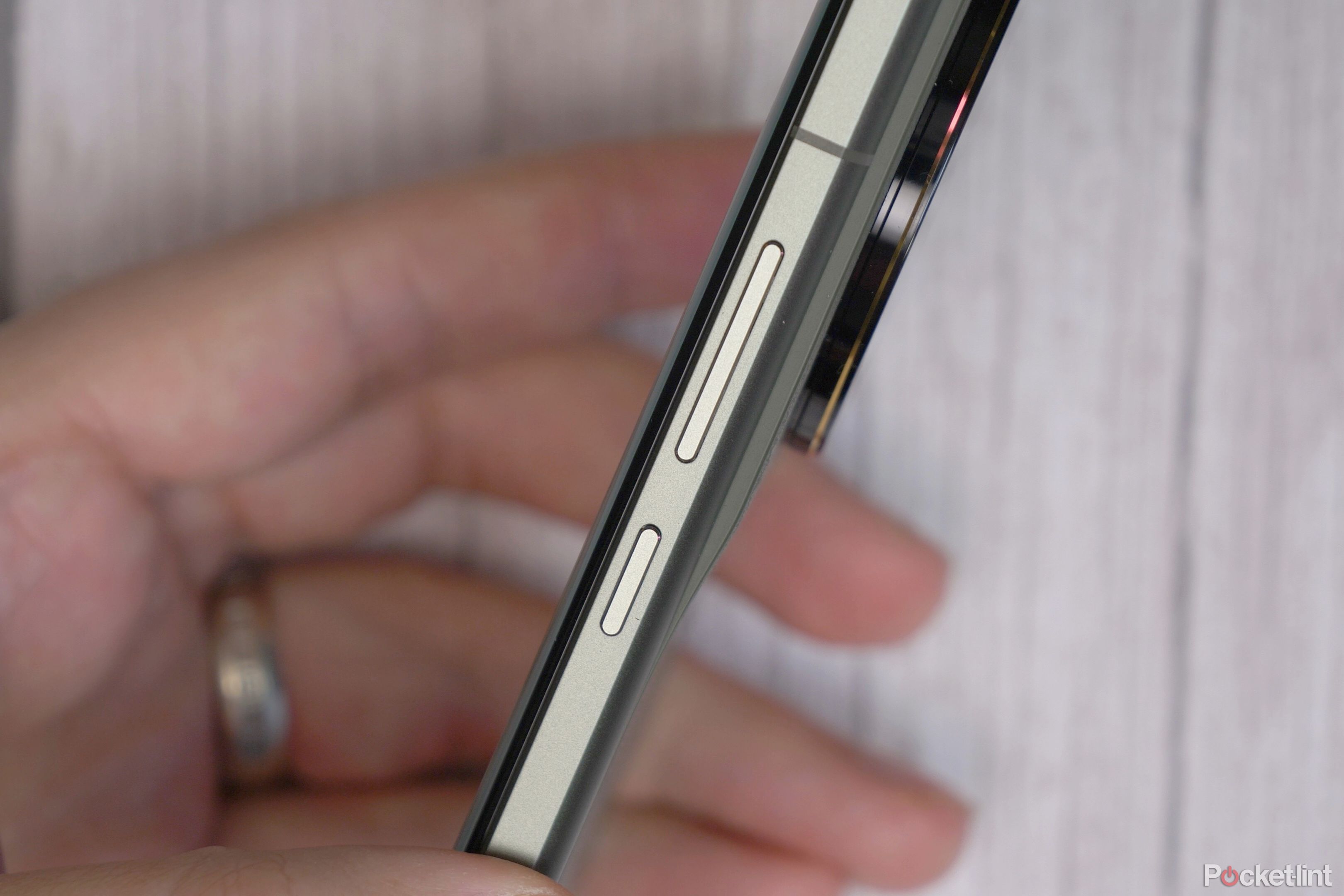
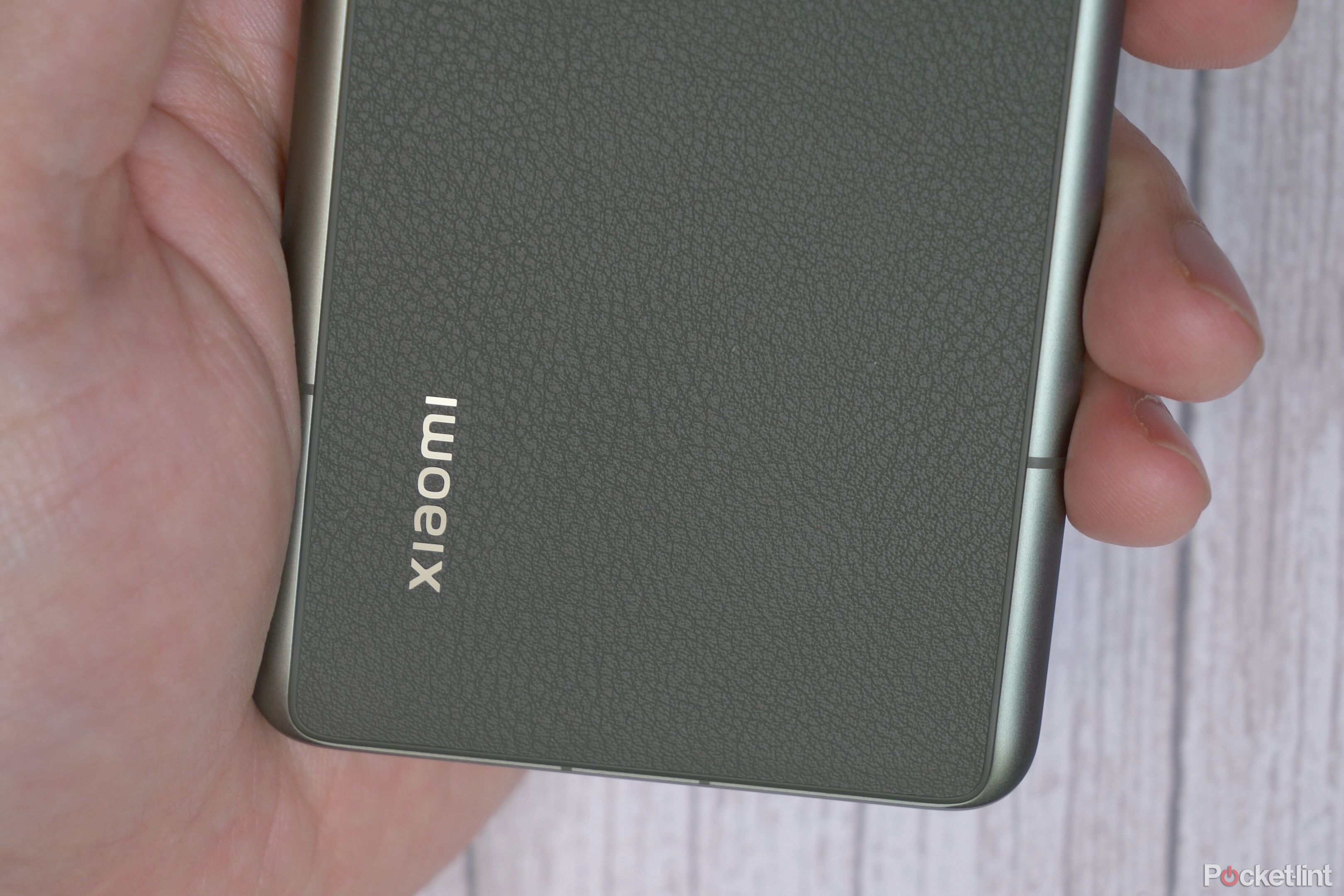
The camera, then, is a part of the phone's system that has dictated how Xiaomi approached the design and build of the entire phone. Because it has large sensors inside, not only does the camera island stick out considerably from the back, but the top half of the phone's back ramps up from the lower part, and itself protrudes from the aluminium edge of the phone. It's an unconventional approach, but the phone still looks and feels great. It doesn't feel unwieldy or cumbersome, despite its large size.
It's built using a sturdy aluminium frame that's shaped and curved around the back, where it joins with a silicone-based leather-like material to offer a comfortable in-hand feel, despite its heft and weight. This material itself is said to contain antibacterial properties too, though we don't have the equipment to test those claims.
You'd expect a high degree of water and dust resistance from a phone in the upper tiers of the flagship smartphone market, and the Xiaomi delivers here too, with an IP68 rating. That means it can be rained on or (briefly) submerged, and it should survive just fine.
The front is covered in Corning Gorilla Glass Victus with curved edges, skinny bezels and a punch-hole camera at the top in the centre.
Display and software
- 6.73-inch AMOLED display - 3200 x 1440 QHD+ - 522ppi
- 1-120Hz adaptive refresh - 240Hz touch sample rate
- 1300 nits typical brightness - 2600 nits peak - 68 billion colours
- Dolby Vision, HDR10+, HDR10, HLG support - Android 13-based MIUI 14
Things start to get really interesting when you glance down the display spec list. It's got a large 6.73-inch AMOLED panel with QuadHD+ resolution meaning deep blacks, vibrant colours and pin-sharp details are possible. Those details are exactly what we'd expect in this level of phone, however. It's when you look at its other capabilities it starts to look a bit special.
Xiaomi's spec sheet states there's a 1300 nit typical brightness, which is very high and approaching what many phones would have listed as the maximum peak brightness, reserved for bright daylight or small spots in HDR videos that are very bright. Its peak brightness reaches as high as 2600 nits when needed.
Unsurprisingly, this means it supports all the popular mobile HDR formats including Dolby Vision, HDR10+, HDR10 and HLG, and means that it should be clearly visible even during darker HDR scenes that are typically quite dim on some displays.
Other high-end details include refresh rates of up to 120Hz, for super-smooth scrolling and animations in games that remain sharp even when fast-moving. It can adapt, shifting between 1Hz-120Hz as and when required to help reduce power consumption.
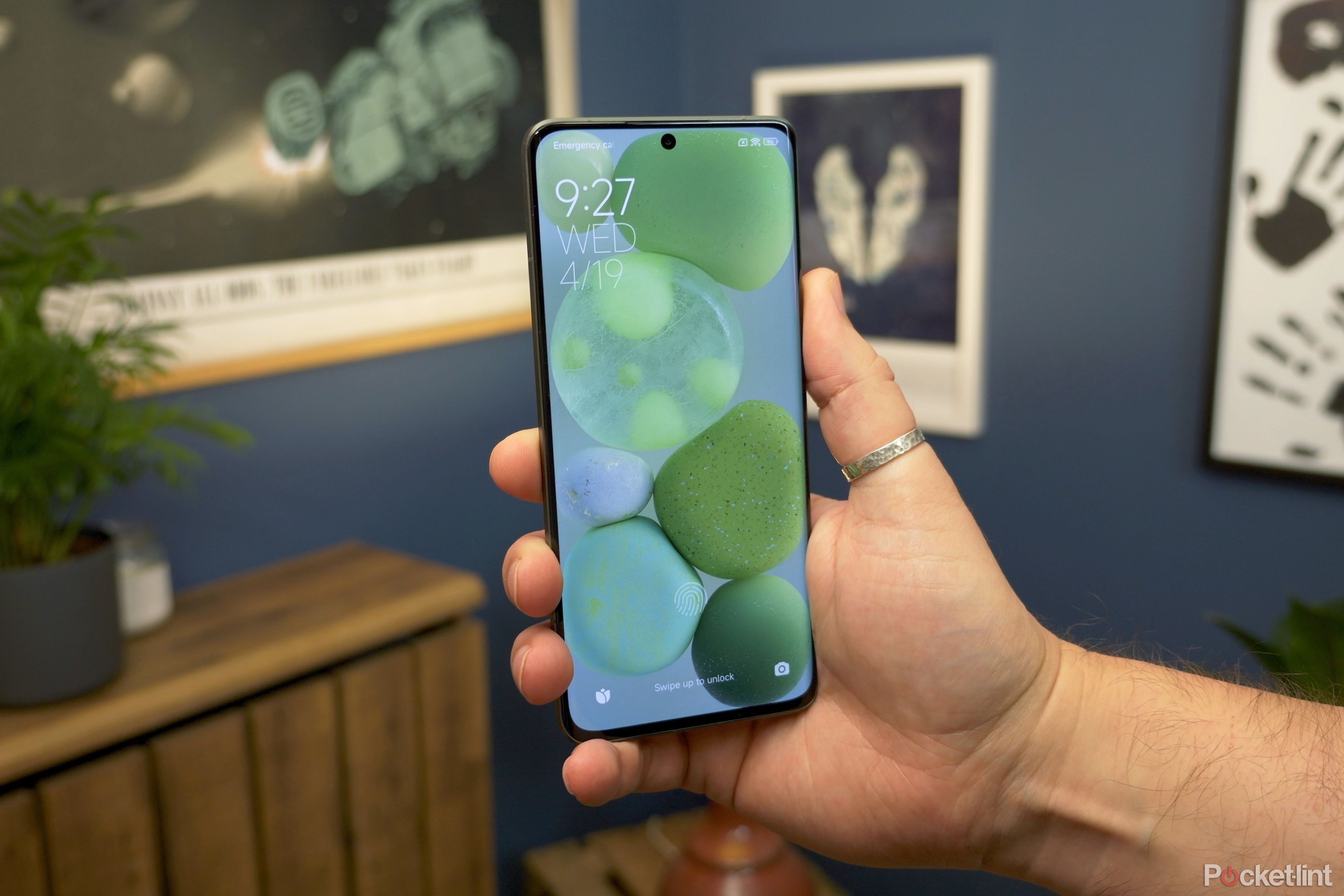
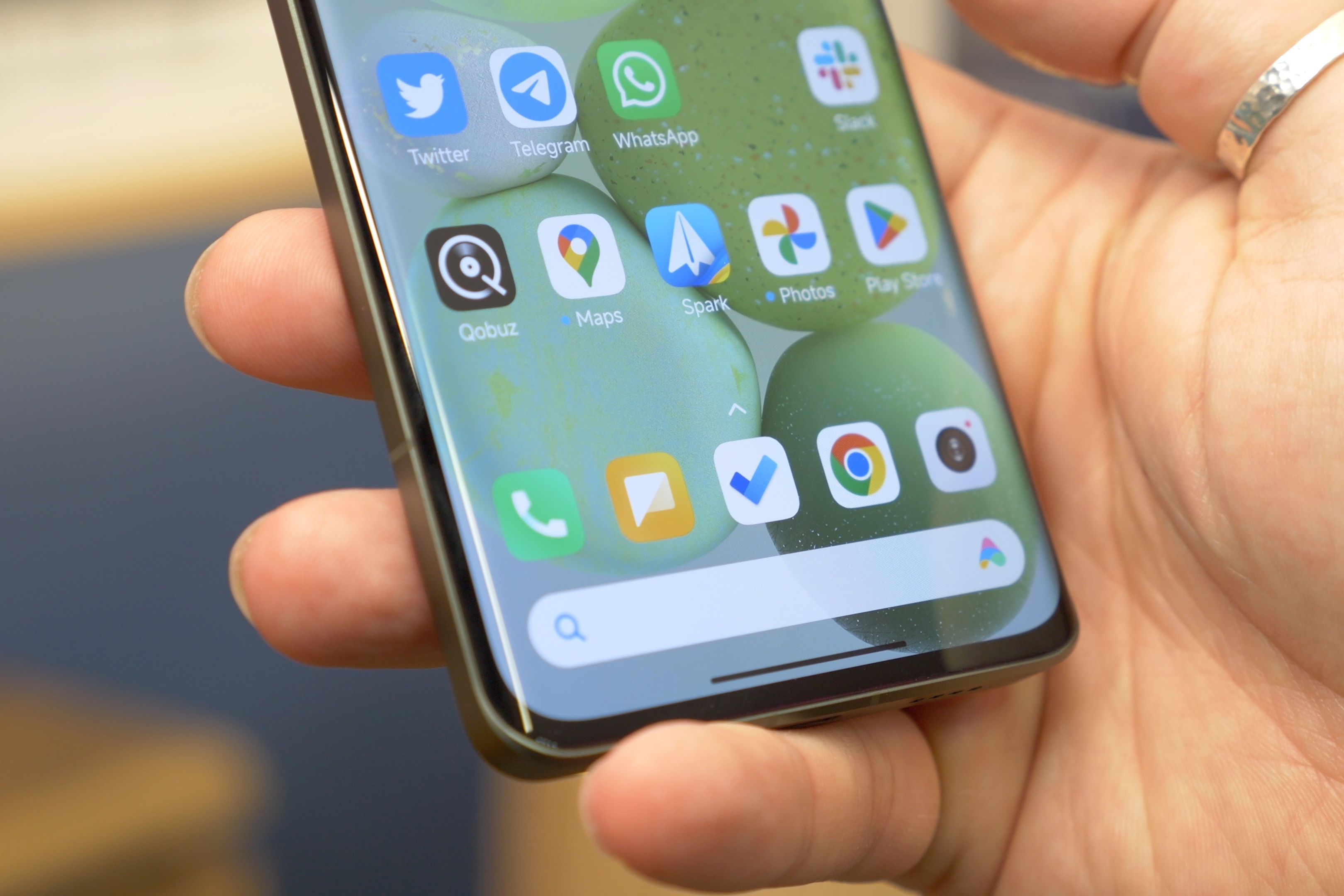
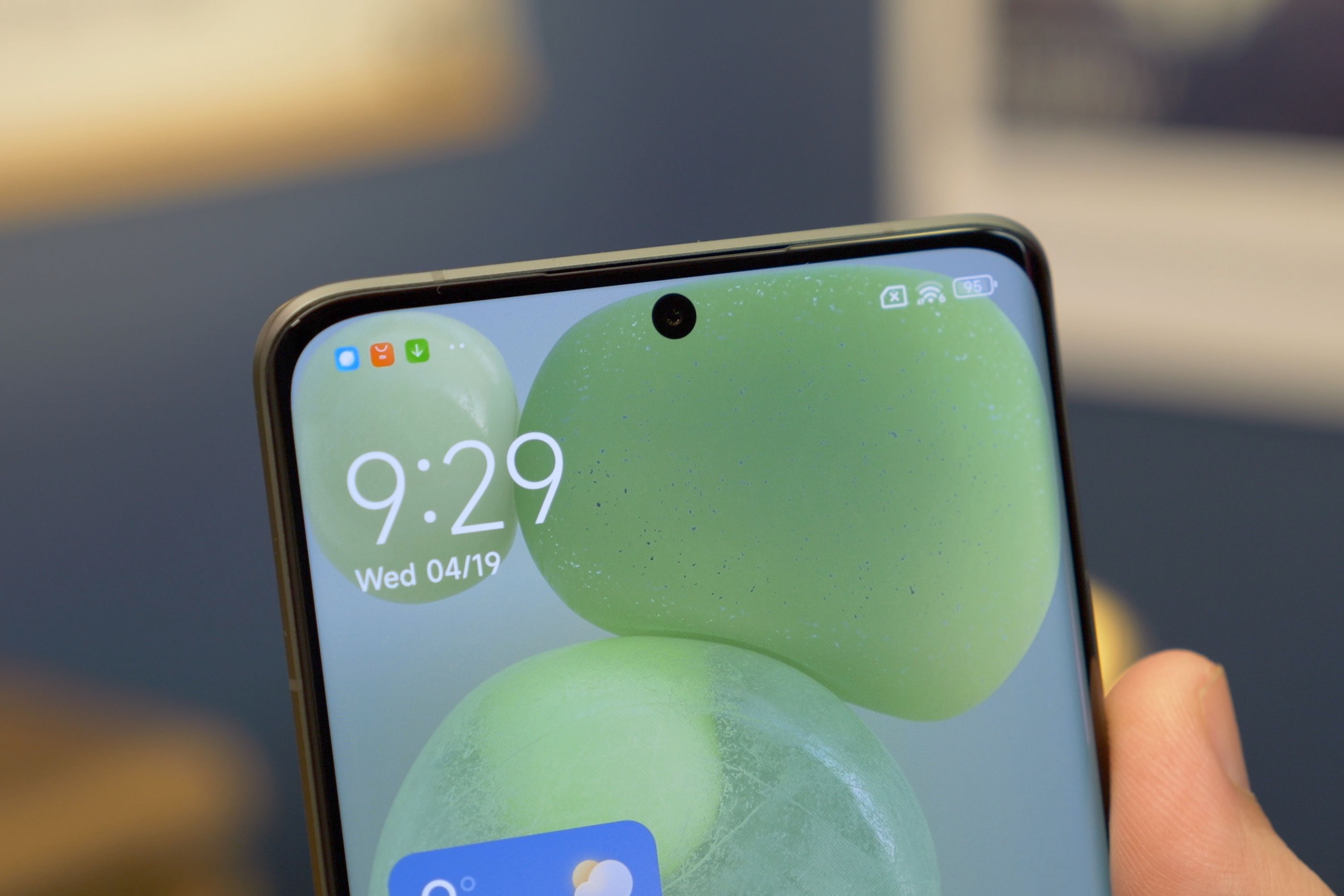
First impressions are good, and the panel certainly seems up there with the best of them. We'll reserve our full opinion until we've tested it more thoroughly, however.
Software is MIUI 14 based on Android 13, but with this being a Chinese market phone, there's no Google Play Services installed/enabled out of the box on our unit. We had to manually install APKs to add those, but once done, they work and you can get it working like any other Android phone for the most part. Some elements of the UI still only show in Chinese, and don't convert to other western languages, but those are few and far between.
Hardware and performance
- Snapdragon 8 Gen 2 processor - 12GB/256GB, 16GB/512GB + 16GB/1TB RAM/storage
- LPDDR5X RAM - UFS 4.0 storage - Loop Liquidcool tech
- 5000mAh battery - 90W wired fast charging - 50W wireless fast charging
With the Xiaomi 13 Ultra being an Android flagship, it's powered by the Snapdragon 8 Gen 2 processor from Qualcomm. It's the 2023 chipset of choice for most Android OEMs and in other phones we've used - like the OnePlus 11 and Xiaomi 13 Pro - it's delivered a fast, smooth and reliable experience.
We expect nothing less from the Xiaomi 13 Ultra, especially since it's also equipped with really fast RAM and storage. Specifically, that's LPDDR5X RAM and UFS 4.0 storage, which have been combined in really powerful, fast phones like the ROG Phone 7.
To keep it going all day, there's a 5000mAh battery and that's equipped with fast 90W wired charging and 50W wireless charging, both of which require a proprietary charger from Xiaomi. There's a wired charger in the box, but the wireless charger is an optional extra. We've only had a short time with it, so we don't know how long the battery lasts in daily usage yet.
Camera
- 50MP primary - 23mm equivalent - 1-inch sensor - f/1.9-f/4.0 variable aperture - HyperOIS
- 50MP telephoto zoom - 75mm equivalent - 3.2x optical zoom - f/1.8 - OIS
- 50MP telephoto periscope zoom - 120mm equivalent - 5x optical zoom - f/3.0 - OIS
- 50MP ultrawide - 12mm equivalent - 122-degree FOV - f/1.8 - 5cm macro support
- 8K at 24fps on all lenses - 10-bit LOG video - 14-bit Ultra RAW - Dolby Vision recording at 4K/60
Cameras are a big focus on the Xiaomi 13 Ultra, with the manufacturer equipping all four cameras on the back with 50-megapixel sensors. And there's more going on here too.
The main camera features the same 1-inch type sensor found on the Xiaomi 13 Pro which delivers excellent images in almost any light conditions and features very effective HyperOIS stabilisation. The difference with the Ultra is that it also features a physical, variable aperture and can switch between f/1.9 and f/4.0 at the tap of an on-screen button.
If you want a shallow depth of field with more aggressive background bokeh and better light capture in low-light situations, you can use the f/1.9 setting. If you want the opposite, switch to f/4.0. You can even see the mechanism opening and closing over the camera on the back.
Joining it are two telephoto zoom lenses, one delivering a 3.2x equivalent optical zoom level, and the other with a 5x zoom delivered using a new persicope-like zoom mechanism. Both have OIS to stabilise and even out any hand shakiness when shooting handheld. The fourth lens is an ultrawide with macro functionality for up-close shots that can focus as near as 5cm.
For the videography and photography enthusiasts there's lots to work with. You get both 14-bit Ultra RAW photos and 10-bit LOG video, and even support for importing LUTs for adding your own colour filters/grading on the phone. You can even shoot 4K/60fps in Dolby Vision, or 8K/24fps without HDR on all four cameras. The front selfie camera is a 32-megapicel sensor, with a dynamic framing system for keeping you in shot during calls.
First impressions
Our initial takeaway with the Xiaomi 13 Ultra is that the manufacturer looked down every single element of the spec sheet decided to make every part of the phone as 'ultra' as it could. It's delivered 50-megapixel sensors on all four cameras, really high-end recording capabilities, and a display that is - on paper - probably the best display on the market. Add that to a phone with premium styling and top level internals and you get the flagship to end all flagships. At least, as far as specs go.
The only real downside to this phone is that - at the moment - it appears it's not launching outside of China. No word has been said on an international launch, and the fact it came to us without Google Play Services/Play Store or any Google apps installed suggests this is a China market phone. Based on the price of the Xiaomi 13 Pro which did launch in western markets, we can safely assume that if it did launch anywhere else, it would be very expensive.

